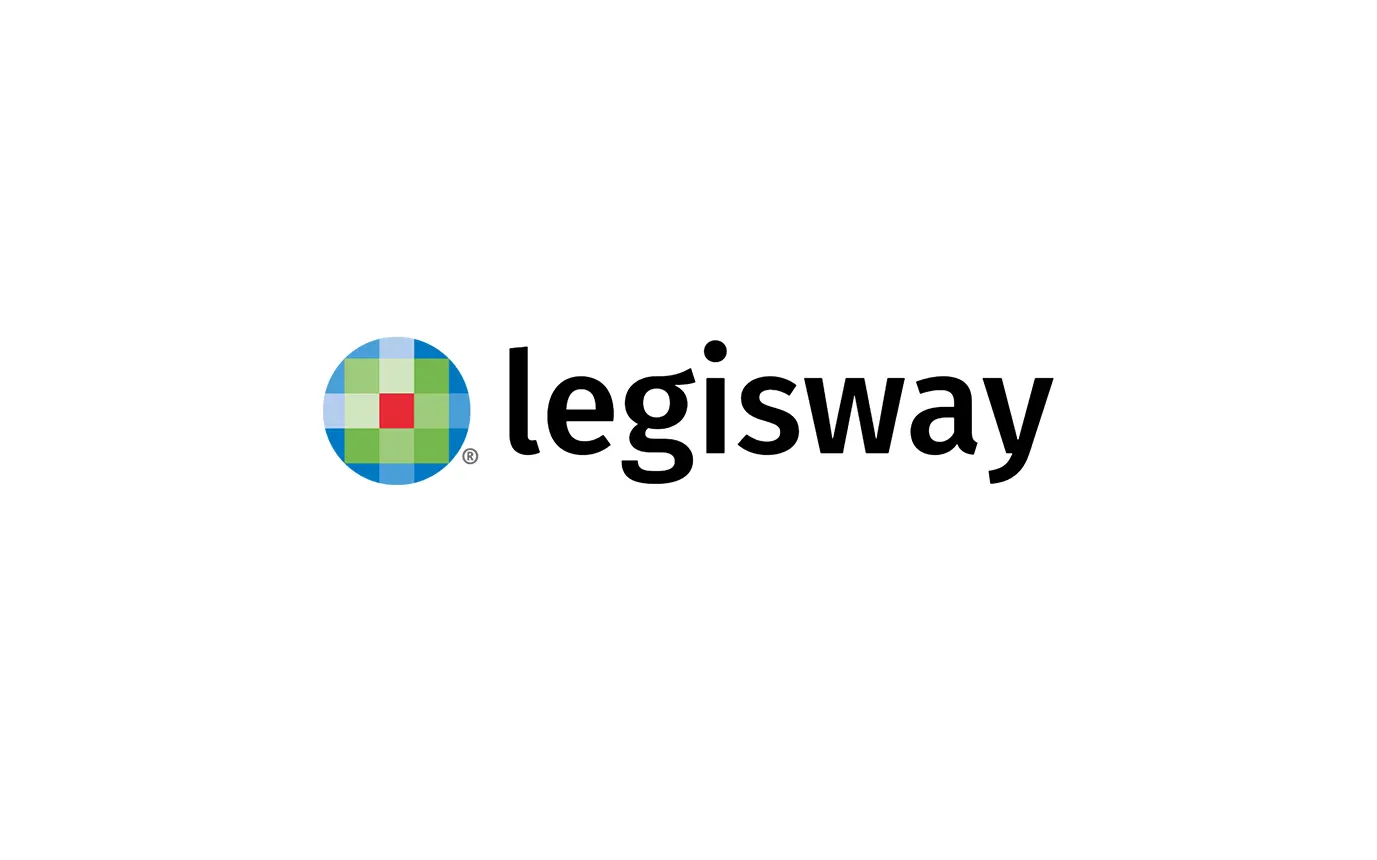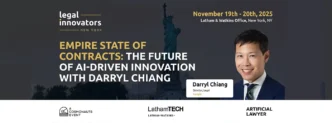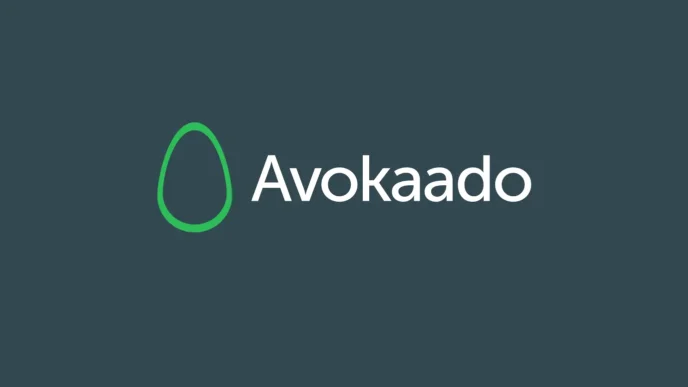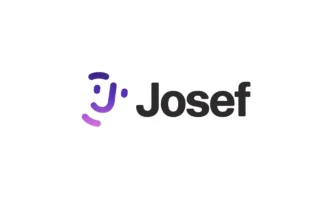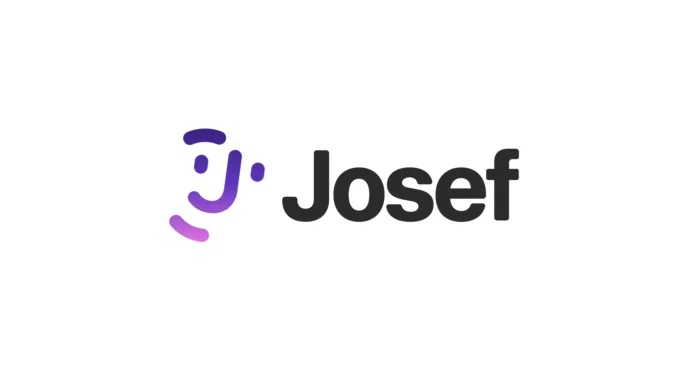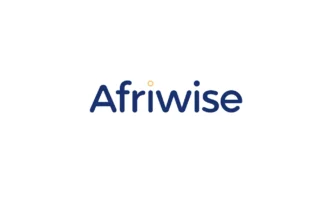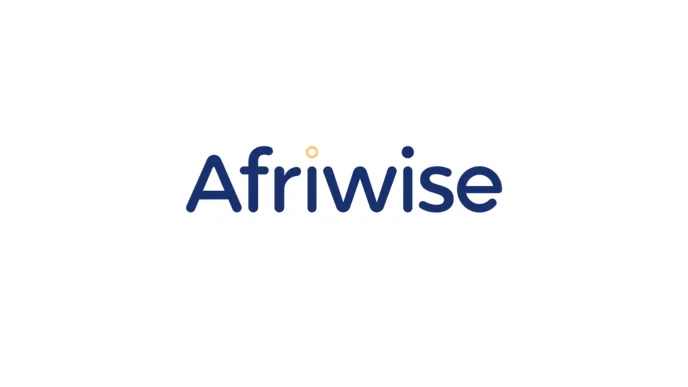For legal departments managing growing volumes of work across litigation, contract governance, risk monitoring, and internal compliance, the question is no longer whether software is needed, but which system is built to handle it. Legisway, developed by Wolters Kluwer, presents itself as a legal management platform designed to respond to the increasing operational demands facing in-house teams.
This week, The Legal Wire heard from Grégoire Miot, Product Owner at a company that’s close to home, quite literally, for The Legal Wire, sharing its origins in the Netherlands. Known globally for its work in legal, tax, and regulatory publishing, as well as ESG and compliance software, Wolters Kluwer has built a reputation for developing tools that are practical, scalable, and deeply informed by the day-to-day realities of professional services.
With Legisway, Wolters Kluwer has applied that experience to the legal department itself, offering a platform that combines contract management, litigation tracking, entity oversight, and AI-powered search within one environment.
TLW: There’s growing demand for unified platforms in legal operations. How does Legisway approach the challenge of integration across multiple legal functions and where do you see the limits of centralization?
Gregoire: “Legisway is designed with the understanding that legal departments today are should not be just legal advisors—they are strategic partners to the business. That means they need a platform that brings together all core legal functions in one place, from contract lifecycle management and litigation tracking to compliance and entity management.
Our approach to integration is both functional and user-centric. We ensure that data flows seamlessly between modules, so teams can avoid duplication, reduce manual work, and gain a holistic view of their legal landscape.
As for the limits of centralization, we believe it’s about balance. Not every process needs to be centralized—some functions benefit from specialized tools or workflows. That’s why Legisway is also built to integrate with other enterprise systems like ERP. The goal is to centralize where it adds value, and remain flexible where needed.”
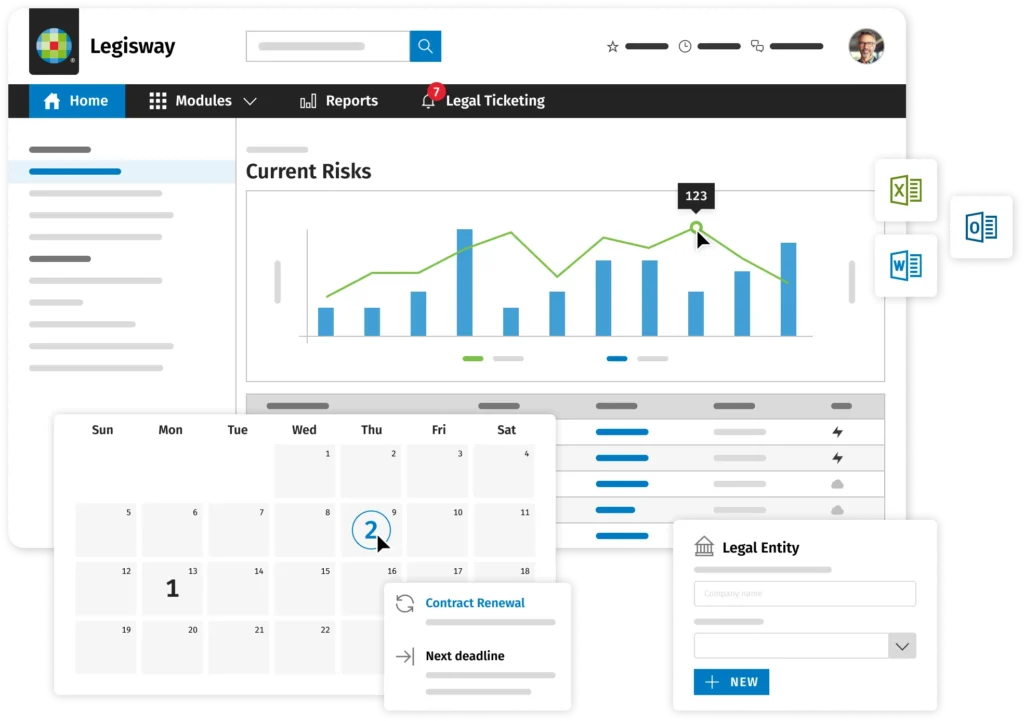
A Platform with a Longer View
Wolters Kluwer is not a new entrant to this space. The company has long been a provider of regulatory, legal, and professional information services. Its work spans industries, including law, finance, and health, and it is widely recognized for its ESG software tools that support reporting and risk management across jurisdictions.
That experience informs the structure of Legisway. While many legal tech platforms aim to speed up specific tasks like drafting or e-signatures, Legisway’s architecture reflects broader operational concerns like document versioning, audit readiness, litigation tracking, and internal role visibility. The platform’s development has focused less on novelty and more on long-term reliability and consistency in areas of high risk.
TLW: How has Wolters Kluwer’s background in compliance and regulatory systems shaped the design of Legisway, particularly when it comes to areas like audit documentation, data structure, and reporting expectations?
Gregoire: “Wolters Kluwer’s expertise in legal and regulatory have had a significant influence on how Legisway is designed. From the outset, we’ve prioritized structured data, traceability, and transparency—core principles in any compliance-driven environment.
Our data model is built to reflect legal realities—entities, contracts, claims, and obligations are all interlinked, allowing legal teams to generate meaningful reports with just a few clicks.”
Automation Without Abstraction
Legisway offers a range of functionality across contract lifecycle management, litigation support, and corporate governance. Its document automation tools include template builders, data mapping, and conditional logic, with the goal of reducing manual drafting tasks. Contracts can be tagged, searched, and analyzed using natural language, and version control is built in to maintain transparency across revisions.
What stands out is the focus on making these tools configurable without requiring technical expertise. Users can build reports and KPIs, track contract expiry dates, and visualize shareholder data using built-in charts and dashboards. Integration with other systems, including CRM platforms and BI tools, allows legal data to be contextualized alongside broader business metrics.
TLW: Legal teams often lack dedicated technical resources. How have you approached the question of usability in Legisway, especially when it comes to customization and automation?
Gregoire: “Usability hasn’t always been a core design principle for Legisway. The platform was originally developed by legal professionals, with a strong focus on legal accuracy and structure. However, over the past few years, we’ve made a significant shift to prioritize user experience.
While customization is possible, what we’ve seen is that our best-practice setups work very well for around 80% of our customers. This allows teams to get started quickly, with minimal configuration, while still having the flexibility to adapt the system to their specific needs in a later stage.”

Risk, Regulation, and Legal Reporting
One of Legisway’s primary use cases is in risk and compliance tracking. Legal departments are increasingly expected to surface risks in advance, not only from litigation or contract terms, but also from governance structures and regulatory shifts. The platform includes tools for contract monitoring, deadline alerts, and risk-based reporting. It can also track financial exposure tied to litigation portfolios, including claims, provisions, and settlement costs.
These tools aren’t just about convenience, they speak to how legal departments are being evaluated. Metrics, dashboards, and reporting exports are becoming essential as in-house legal teams are asked to justify spending, measure performance, and quantify risk in ways that are legible to the rest of the business.
TLW: There’s a growing expectation that legal teams report on performance like any other function. How is Legisway helping GCs and legal operations leaders generate the kinds of data their stakeholders now expect?
Gregoire: “There’s growing pressure on legal teams to show performance metrics, and Legisway helps by turning legal activity into structured, reportable data. Our platform offers ready-to-use KPIs and dashboards for things like contract cycle times or compliance task completion—making it easy for GCs and legal ops to report to stakeholders.
We’ve seen strong interest in this area—our KPI white paper released last year was one of the most downloaded pieces of content, which shows how important data-driven legal management has become.”
Connecting Legal Work to Broader Business Goals
As more departments look to legal teams for support on ESG, privacy, and regulatory compliance, the ability to organize and track obligations across jurisdictions is becoming a necessity. Here, Legisway benefits from Wolters Kluwer’s existing strength in ESG software solutions. That broader infrastructure allows the legal module to feed into larger enterprise compliance systems.
While Legisway is not positioned as an ESG platform per se, its role in organizing and monitoring legal risk places it adjacent to ESG reporting, particularly where legal departments are being asked to assist in disclosures, respond to policy changes, or manage legal exposure tied to environmental or social outcomes.
TLW: How is Legisway positioned to support legal teams as they’re brought into ESG reporting and regulatory disclosure workflows?
Gregoire: “Legisway can play a key supporting role in ESG reporting —especially as legal teams are increasingly involved in ESG disclosures and regulatory reporting. Our research shows that only 35% of in-house lawyers are directly responsible for ESG, with most programs led by other departments. However, over 50% of legal teams are responsible for the underlying policies and governance.
Legisway helps by organizing obligations, tracking regulatory changes across jurisdictions, and linking legal risks to broader compliance frameworks.”
What Comes Next?
Wolters Kluwer is expected to release new Legisway capabilities the same week this article goes live. While specific details have not yet been published, the upcoming release is expected to include enhanced collaboration tools, workflow configuration options, and improvements to existing dashboards.
The legal function is evolving — and the platforms it depends on are being asked to adapt accordingly. If Legisway’s development over the past year is any indication, the platform is likely to continue moving toward greater flexibility, deeper integration, and more structured ways of managing legal responsibility across teams.
TLW: What is the core focus of the upcoming Legisway release? And more broadly, how do you see your clients’ needs changing, particularly in terms of collaboration, metrics, and accountability?
Gregoire: “The upcoming Legisway release focuses on enabling smarter collaboration and deeper automation. We’re introducing enhanced collaboration tools like an Outlook plug-in and improved Word integration, making it easier for legal teams to work where they already are.
We’re also expanding our AI capabilities—particularly around document summarization, intelligent search, and clause management —to help users find and process information faster.
More broadly, clients are asking for more flexibility, better metrics, and stronger cross-functional alignment. Our roadmap reflects that shift, supporting legal teams as they become more data-driven, collaborative, and accountable.”




